It’s lovely to take your baby out in the sunshine and enjoy the fresh air while walking, playing on the beach, or sitting in the garden. But you’ll need to look after your baby’s delicate skin when the sun’s out. You can protect your baby from sunburn and from long-term damage from the sun’s rays (Paller et al 2011). Here’s how you and your baby can enjoy the sunshine safely.
If your baby is younger than six months, it’s best to keep him out of direct sunlight altogether, especially between 11am and 3pm, when the sun is strongest(NHS Choices 2013, 2014a, Paller et al 2011). If he is older and crawling, you can let him play outside. If at all possible, try to keep him in the shade.
If you can’t avoid being in the sunshine, make sure your baby is well protected. Dress him in a hat, loose, cotton clothes, and put sunscreen on exposed areas of skin (NICE 2011).
It’s best not to let your baby go outside without sun protection from the middle of April to the end of September, even in the UK. If summer arrives early, or lasts into autumn, you’ll need to follow the same sun protection rules as in the summer. Getting your child into the habit of sun protection will help keep his skin healthy as he grows up.
Choose creams or sprays for babies, as these are specially formulated for young skin and are safe to use from six months of age (AWHONN 2013). Use a sunscreen with an SPF (Sun Protection Factor) of at least 15 against UVB rays (NHS Choices 2012, NICE 2011). Also, make sure you buy a broad-spectrum brand that offers both UVA and UVB protection(NICE 2011). High UVA protection is shown on the packaging. Look out for a four-star or five-star rating within a UVA circle logo (NHS Choices 2012, NICE 2011).
Apply sunscreen liberally to any area of your baby’s skin that isn’t covered up by clothes or a hat. Remember to include his hands and feet, and the back of his neck and ears. You’ll need a plum-sized dollop of sunscreen, probably far more than you’d expect. It’s best to pat it on rather than rub it in. If you can, put sunscreen on your baby 15 minutes before he goes outdoors(NICE NHS Choices 2014b). Reapply the sunscreen at least every couple of hours and after he has played in water, even if the sunscreen is waterproof (NHS Choices 2012, NICE 2011). Some water-resistant products may only protect your baby’s skin for up to 40 minutes of water play, while others may protect for up to 80 minutes (WebMD 2013).
Some brands make tinted sun creams, so you can see if you have missed a bit. Try to find a sunscreen product that you find quick and easy to use. That way, you’ll be more likely to use it(NICE 2011, Paller et al 2011). Make sure you use up your sunscreen before the expiry date, or within the time recommended on the label, once the sunscreen has been opened. The active ingredients may not work so well after a while (NHS Choices 2012).
If your baby has eczema or particularly sensitive skin, check the ingredients list for anything you know is likely to cause irritation or an allergic reaction (NHS Choices 2012, WebMD 2013). Test the sun cream on a small area of his skin first (NHS Choices 2012). Once you’re happy that the sunscreen is all right for you child, it’s still best to apply his usual emollient or steroid cream first, and then sunscreen 30 minutes later.
If you want to make sun protection more fun for your baby, put some sunscreen carefully on his face and then use some more to draw warrior stripes. What clothes are best for protecting my baby from the sun?. Your baby should wear a wide-brimmed hat to shade his face, neck and ears (NHS Choices 2013, 2014a). Baseball hats may look cool, but they leave his sensitive neck and ears exposed. Instead, choose a foreign legion-style hat with a brim at the front and a cloth flap at the back that covers his ears and neck. Otherwise, go for a hat with a wide brim all the way round.
It’s never too early to start getting your baby used to wearing a hat. You may find that holding the hat firmly on for a few seconds until his attention is diverted stops the endless, “look I can pull off my hat” game! Or you could find a hat with an elasticated or Velcro strap that tucks under his chin to keep it in place.
Lightweight but closely woven clothing, such as cotton, offers the best protection (Paller et al 2011). Tops that cover your baby’s shoulders are essential in the sun, particularly on hot days. Shoulders are particularly vulnerable and burn quickly. Pop a loose pair of cool cotton trousers on your baby, too.
If you go to the seaside, make sure your baby wears a T-shirt while he’s splashing in the water. Have a dry T-shirt ready for him to wear when he’s finished his swim. Sun protection tops and suits made of Lycra, or a mix of Lycra and nylon, are very practical and can be picked up cheaply at supermarkets. These block more of the sun than a normal T-shirt. They can be worn in and out of the water, and also dry quickly.
Sunglasses for your baby may seem like a luxury, but they do protect his eyes from the sun. It’s a good idea to get your baby used to wearing them from the age of six months.
When choosing a pair of sunglasses, check they have an ultraviolet filter made to British Standard (BSEN 1836:2005) (NHS Choices 2014a). Wraparound sunglasses offer even more protection as they shield your baby’s eyes from direct sun coming from the side. Sunglasses with an adjustable rubber or neoprene strap that fits comfortably around the back of your baby’s head are more likely to stay on. Try to get your baby used to wearing his glasses and keep the lenses clean. Put his glasses on when you put yours on. It’s best to wait until you’re outdoors before popping your baby’s sunglasses on, so his indoor world doesn’t suddenly get alarmingly dark.
Along with covering up with a hat and clothes, staying in the shade is one of the best ways to protect your baby from the sun (NICE 2011, Paller et al 2011). Sunscreens offer added protection when you can’t avoid your baby being in the sun. Attach a canopy or parasol to your baby’s pushchair or buggy. A canopy tends to offer more protection than a parasol, which needs checking and adjusting as you move in and out of the sun. Before you buy, make sure the canopy or parasol fits on to your buggy. Make sure that you can open and close your pushchair easily when it’s attached.
You could look for an elasticated UV sun cover. This is made of dark, synthetic mesh and covers the whole seat area of the pushchair, which means your baby is totally protected. If you’re making a journey in the car, do make sure your car has a sunshade to protect your baby when he’s in his car seat.
When you’re on the beach or in the garden, a pop-up beach cabana shelter can be really useful. Cabanas are little tents for your baby, which fold away for easy carrying. As well as screening your baby from the sun, they come in handy as windbreaks, too. Pop a couple of toys inside, and they’re ideal places for your baby to rest, play, and eat his lunch. Cabanas come in baby or family sizes. The larger ones can also be great play tents, and make useful changing rooms, too.
If you stop at a cafe or restaurant for lunch with your baby, ideally head indoors. Otherwise choose somewhere with a shady canopy or table umbrella. If you’re picnicking, head for the trees and enjoy your picnic in the shade.
References:
AWHONN. 2013. Neonatal skin care. 3rd ed. Association of Women’s Health, Obstetric and Neonatal Nurses, Evidence-based clinical practice guideline. Washington: AWHONN
NHS Choices. 2012. Sun safety Q&A. NHS Choices, Live well. www.nhs.uk [Accessed February 2014]
NHS Choices. 2013. How can I keep my baby safe during hot weather? NHS Choices, Common health questions. www.nhs.uk [Accessed February 2014]
NHS Choices. 2014a. Child safety in the sun. NHS Choices, Health A-Z. www.nhs.uk [Accessed January 2014]
NICE. 2011. Skin cancer prevention: information, resources and environmental changes. National Institute for Health and Care Excellence, Public health guideline, 32. London: NICE. www.nice.org.uk [pdf file, accessed February 2014]
NHS Choices. 2014. Skin cancer (non-melanoma) – Prevention. NHS Choices, Health A-Z. www.nhs.uk [Accessed August 2015]
Paller AS, Hawk JLM, Honig P, et al. 2011. New insights about infant and toddler skin: implications for sun protection. Pediatrics 128(1):92-102
WebMD. 2013. Sunscreen top. www.webmd.com [Accessed January 2014]
Original article: https://www.babycentre.co.uk/a561824/sun-protection-for-your-baby





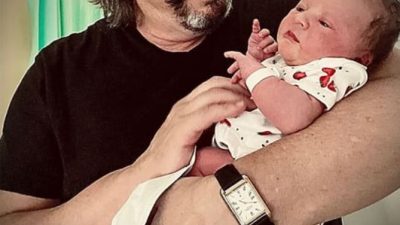





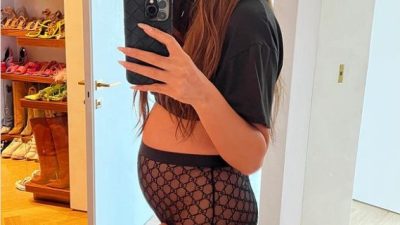













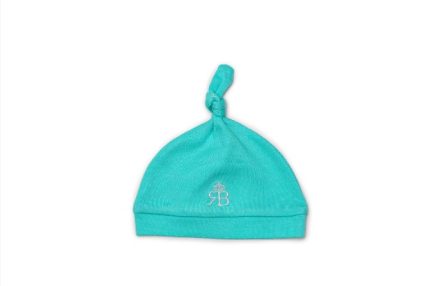
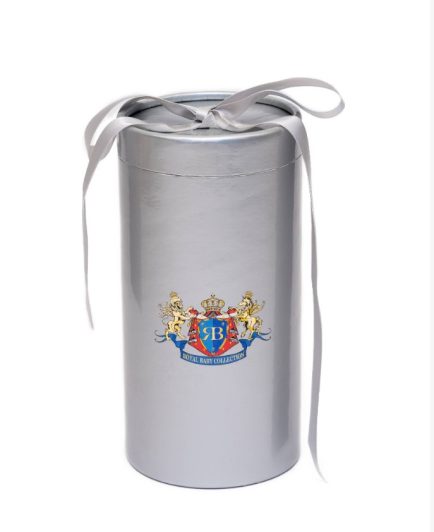
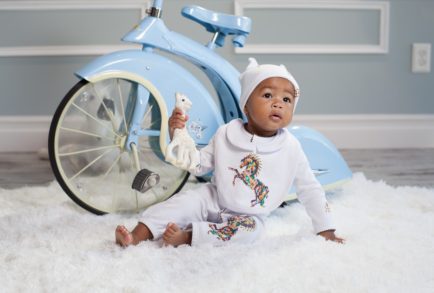
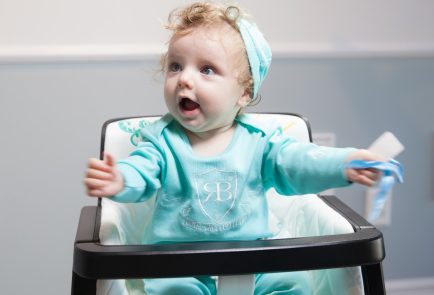
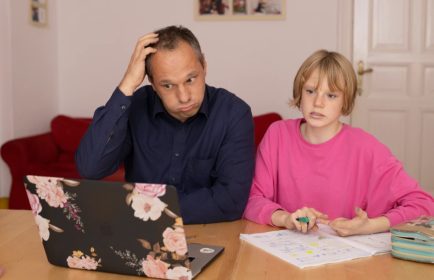

Comments